Search result

One of the most undervalued facts of 4G is that E in 4G LTE stands for evolution. Not all 4G devices are the same, though if you compare the network speed on these devices, you will find a surprising fact. Huawei phones are among the slowest available stateside compared to the other LTE enabled devices, with iPhones are underperforming despite of their huge price tag. Network performance depends heavily on the capabilities and and prioritization of the network, though older smartphones and budget-oriented models are less likely to feature Cat16, or gigabit-class, LTE.
According to the Opensignal's Mobile Network Experience report, published Monday OnePlus phones allows you to experience the fastest LTE speeds on US mobile networks among the gigabit-class smartphones. The average speed of OnePlus phones was 35.7 Mbps, while Samsung placed second at 33.9 Mbps, followed by LG in third, at 33.1 Mbps. Razer, Sony, and Google phones averaged around 31 Mbps, while Apple was in seventh at 25.4 Mbps, among models capable of LTE Cat16. Huawei was last, in eleventh, at 22.4 Mbps.
For mid-range smartphones - defined by Opensignal as LTE Cat5 (300 Mbps) to LTE Cat15 (750 Mbps)-the winner was HTC at 31.8 Mbps, with Google in second at 29.1 Mbps, and Samsung in third at 27.5 Mbps. Apple ranked twelfth, at 19.5 Mbps. Huawei followed at 18.5 Mbps. For low-tier smartphones-LTE Cat4 (150 Mbps) or lower-Apple was dead last in 15th, at 12.0 Mbps.
Apple's long-lived support for iPhone models is likely working against them in these statistics, as 2013's iPhone 5S-still supported in iOS 12-enables users to hold on to their phones for far longer than is practicable with Android. Using an iPhone 5S in 2019 is not likely to be the most pleasant experience, granted, though it should still be head and shoulders above using any of the Android phones on ZDNet's Top 10 smartphones of 2013. Huawei's underperformance isn't necessarily related to their hardware. It is most likely because these phones are not sold by any major US carrier so there is less incentive for vendors and US carriers to optimize their network to support Huawei smartphones.
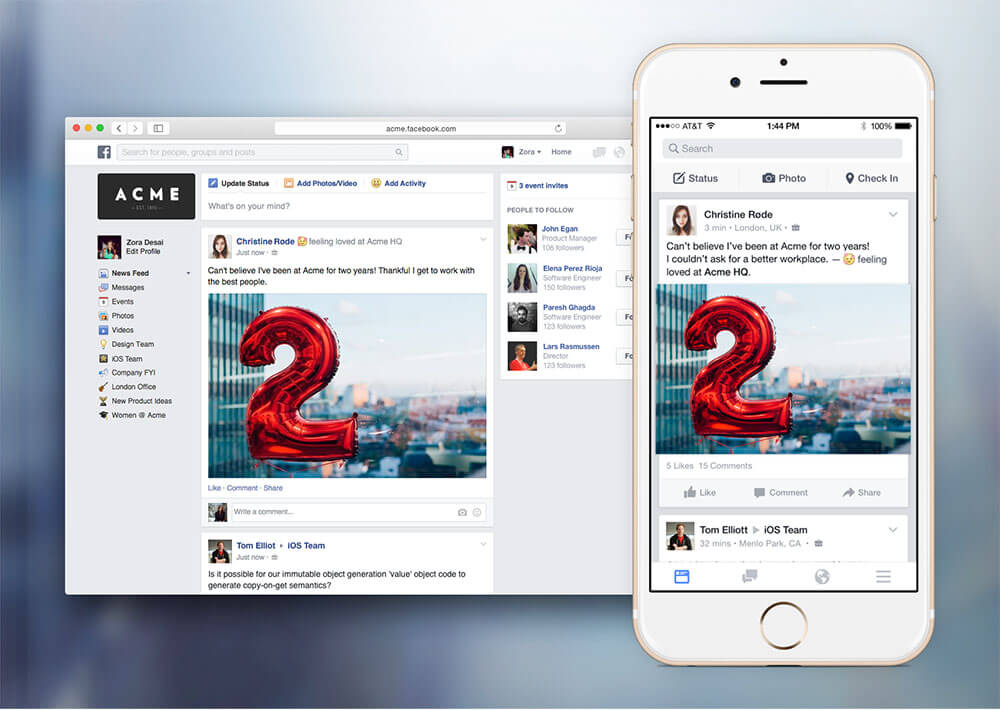
Today, Facebook unveiled a new version of its social network, called "Facebook At Work", with an emphasis on organizational communication for employees at a single company. The service, which is set to launch as a free app on Android's Google Play and iOS' App Store later today, will still require participating companies to receive an official invite, but upon launching the service, employees will enter an ad-free, no-subscription version of Facebook that connects employees only to each other, as opposed to the wider world.
Facebook hasn't revealed many screenshots or any demo footage ahead of the app's launch, but Facebook offered Ars a brief description: "Facebook at Work is a separate experience that gives employees the ability to connect and collaborate efficiently using Facebook tools, including many that they're likely already using, such as News Feed, Groups, messages, and events." In that respect, the service will both mirror those of corporate communication tools like Yammer and Slack and offer its own familiar twist for employees who have already gotten hooked on Facebook's style.

In the meantime, creator Lars Rasmussen made the interview rounds on Wednesday to describe what users can expect from the work-only version. In short, users will be allowed to have both their personal and work logins running at the same time, though in separate apps; they'll be able to share documents through the Work site but not yet edit them; and much of the way posts and links are presented will resemble Facebook Groups.

Oppo launched the A72 4G variant back in June and just now, the company has released its 5G variant. The phone was spotted in multiple ads and has now been made official. The Oppo A72 5G isn\'t just different from 4G in terms of network capability but also has some other changes as well. The 5G variant is powered by a MediaTek processor instead of Snapdragon 655 in the 4G variant. This new model also features a higher refresh rate for the display as compared to its non-4G sibling. Oppo A72 5G features a triple camera system and a hole-punch design for the front-side camera.
The Oppo A72 5G comes with a single 8GB RAM and a 128GB internal storage. The phone is available in three color options - Neon, Oxygen violet, and plain black. The device is priced roughly around Rs. 20,200 and currently up for pre-order on the official website. The phone features a 6.5-inch full HD+ display with 9.5 percent screen to body ratio. It runs ColorOS 7.2 with a 90Hz refresh rate.
The device has three cameras on the rear side of the phone including a 16-megapixel primary sensor, an 8-megapixel sensor with an ultra-wide-angle lens, and a 2-megapixel camera that takes black and white photos. The front camera is housed in a hole-punch design and features a 16-megapixel sensor.
The phone gets 128GB in terms of internal storage. The device is powered by a 4,040mah battery that comes with support for 18W fast charging. Connectivity options on the Oppo A72 5G include Wi-Fi, 4G, Bluetooth, GPS, and more. The phone is just 7.9mm thick and weighs 175 grams.
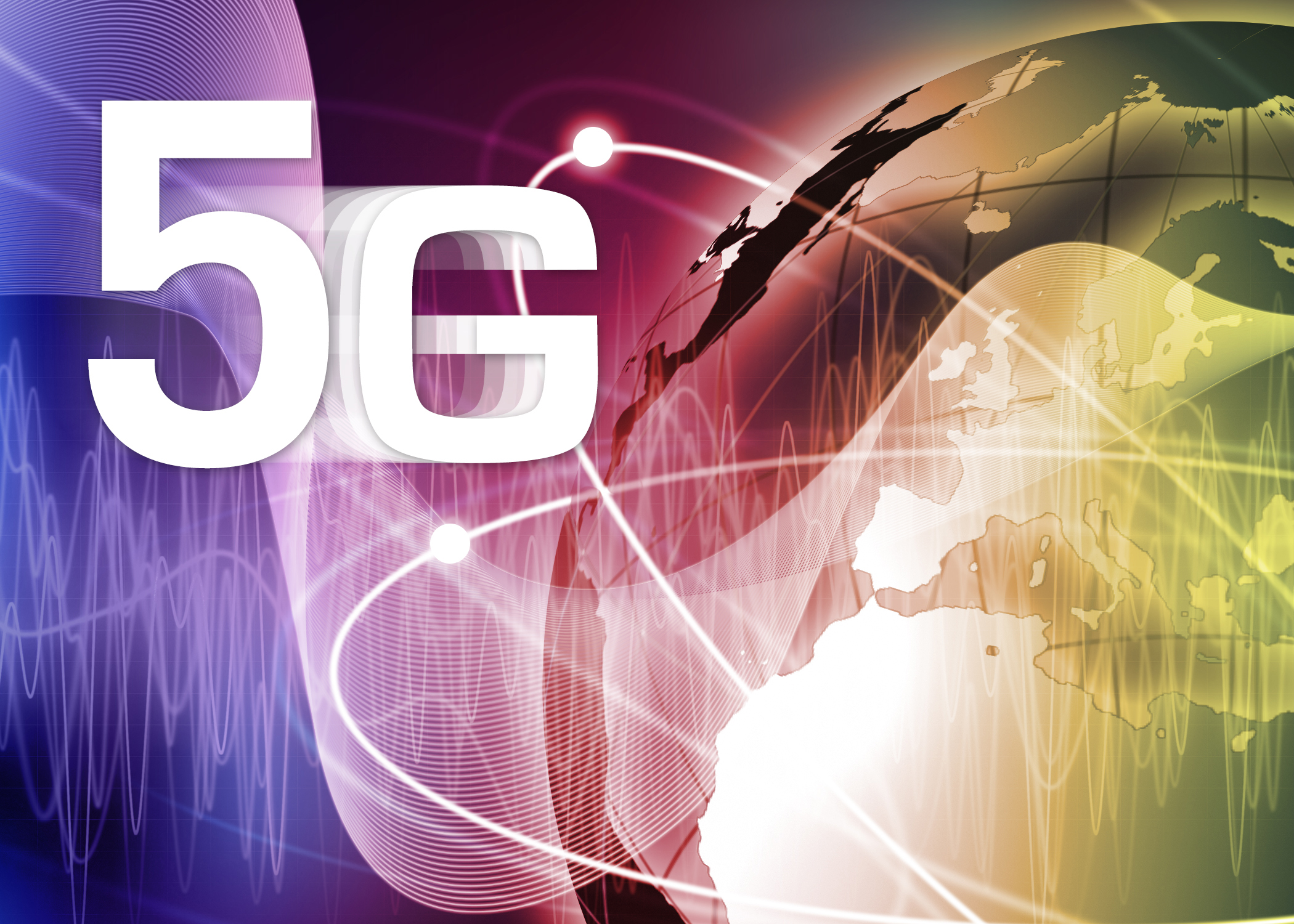
Some of the carriers around the workd has just starte offering 4G services in their regions. Well, Japanese carrier NTT DocoMo is already developing the 5th Generation Mobile Network (5G), Samsung and Nokia will participate in the Test of this 5G Network. Samsung announced that 5G would be ready for the public by 2020 and we will starting to see 5G devices in the market by 2021.
The testing will involve the usefulness of running 5G speeds on high frequency bands above 6GHz. 5G involves data-transmission at a high-speed of 10Gbps, which is 1000 times the capacity of current 4G LTE. The test will determine how well this frequency will support 10Gbps, even if a large number of devices are trying to connect to the network at the same time, in a small area.
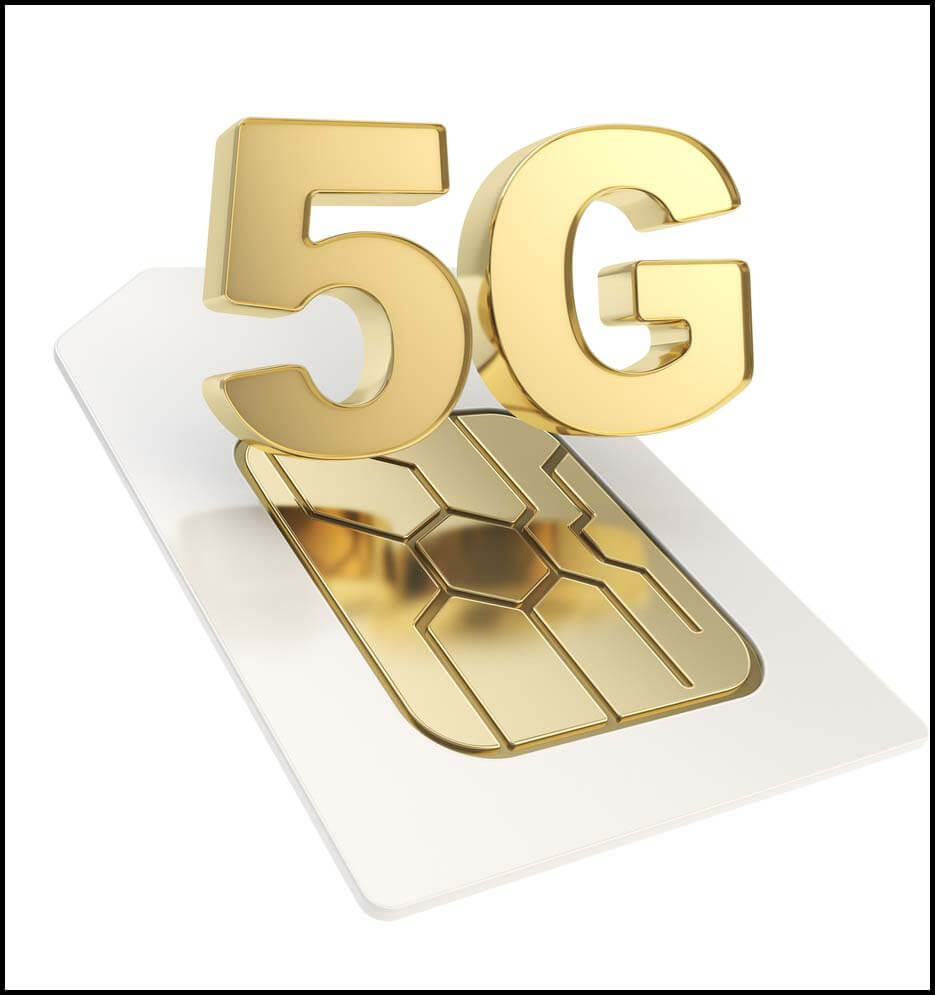
NTT Docomo will be testing the 5G Netwrok through this year, inside at its R&D Center in Yokosuka, Kanagawa Prefecture. Outdoor trials will begin by next year.
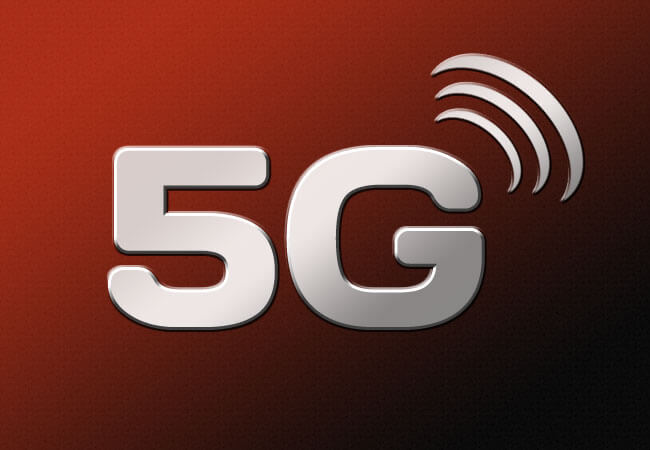
Researchers of the 5G network reaches a Record-breaking speeds at the test site, which is the University of Surrey's 5G Innovation Center (5GIC). The Network was able to reach the speed of 1 Terabytes per second (1Tbps) which is technically the same data capacity of a fibreoptic cable but wirelessly. This is a big break-thought in the wireless technology.

It will take years to see a fully functional 5G Networks available for public use (probably by 2018) and even some more years to see a Smartphone with a 5G chip that can handle this speed probably by (2020).
At 1Tbps, it would be theoretically possible to download a file 100 times the size of a feature film in about three seconds. The speed is more than 65,000 times faster than average 4G download speeds." - BBC News, report.
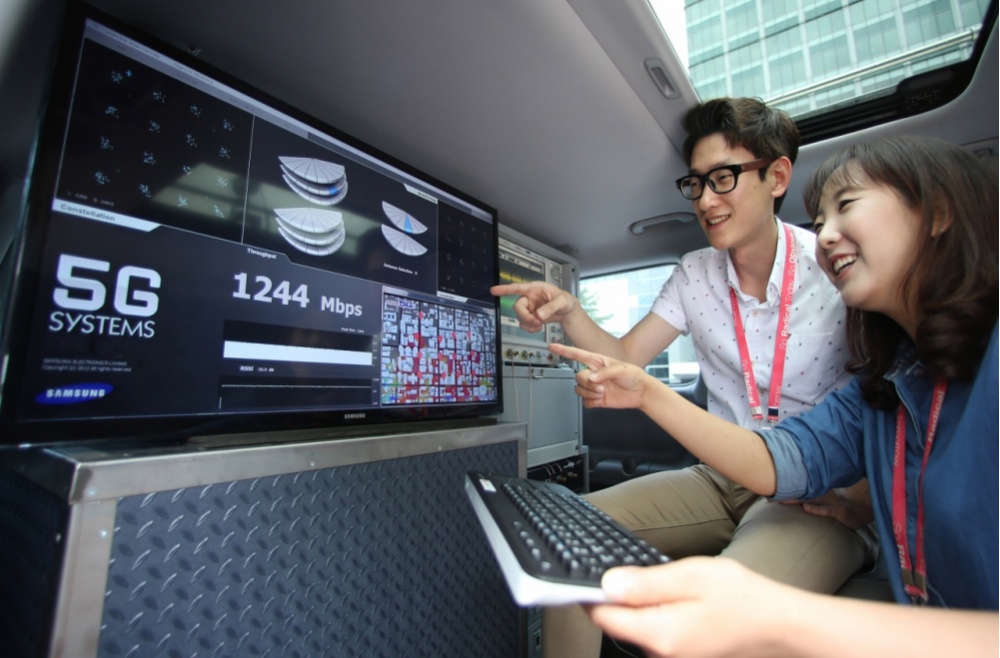
Most of us are using 4G LTE devices now, However, the International Telecommunication Union (ITU) is working on setting the standard and defining the specifications for the Next Generation 5G (5th Generation) Network with the help of Samsung Mobile in Korea.
Last month, 12 delegates debated on the specifications to be established for the upcoming 5G network standard. After testing, Samsung annouced that 5G Networks will have a peak speed of 20Gbps, or 20x times the peak speed specification of 4G LTE networks, which stands at 1Gbps.
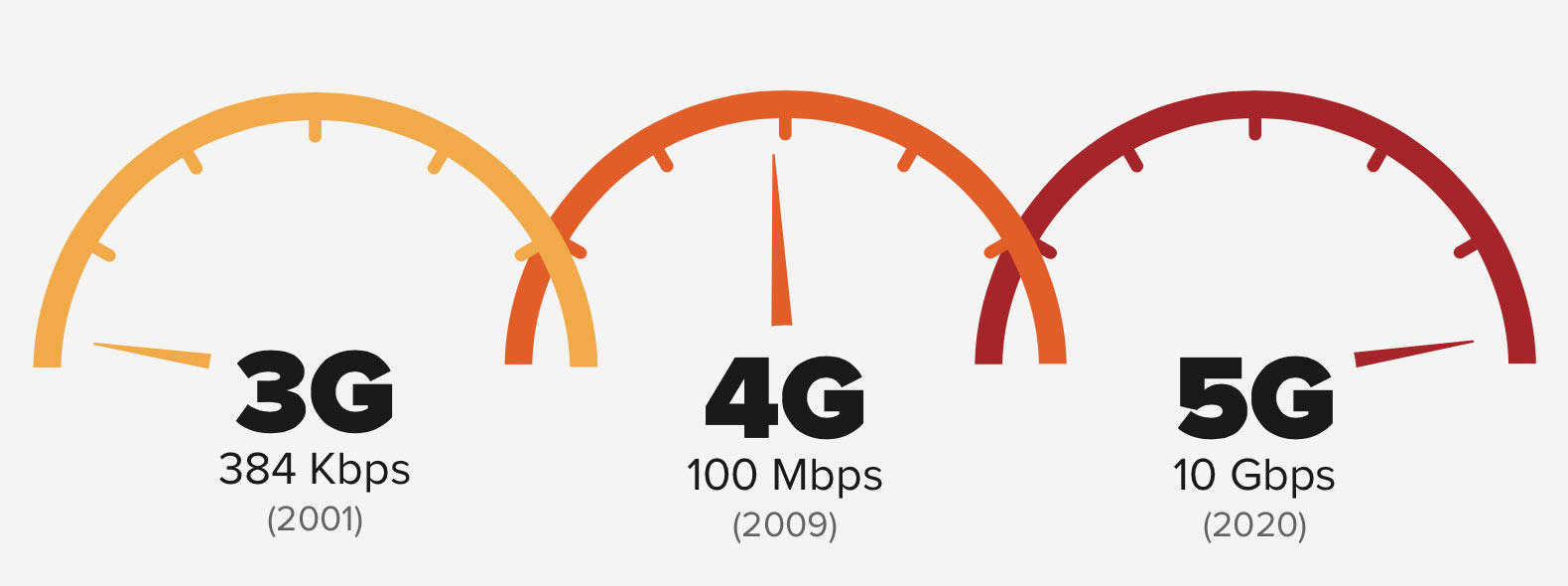
One thing to bear in mind is that these are theoretical max speeds, and that the first 5G networks will likely reach much lower peak speeds. At the moment, the fastest LTE standard is LTE Cat 9, which provides peak speeds of up to 300Mbps, well below the 1Gbps speed specification of 4G networks. What this means is that while crazy transfer speeds are to be expected, 5G subscribers will not be able to download an ultra high-definition movie in just a second, which is what a download speed of 20Gbps would mean if put into practice.
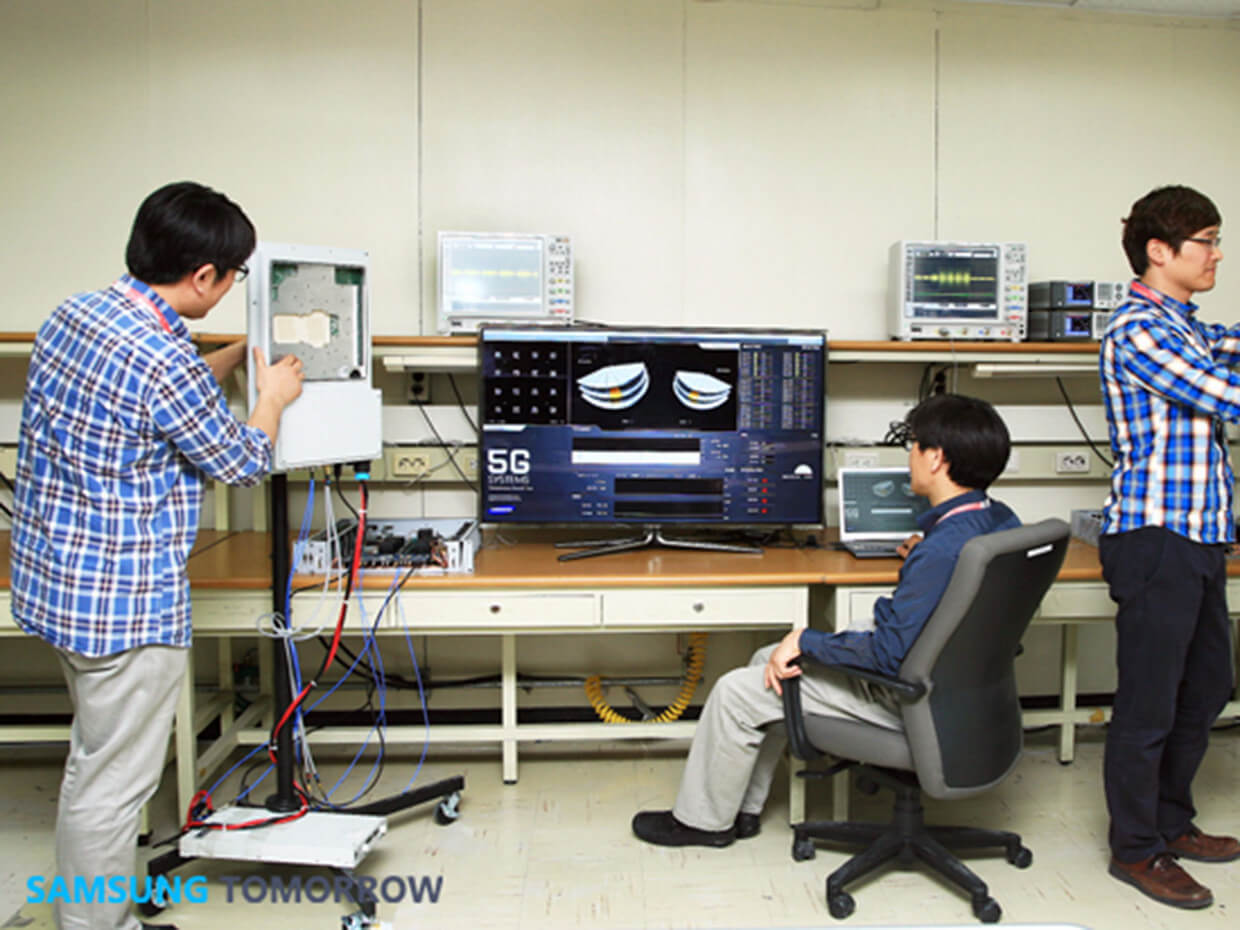
5G networks will also be built with internet-of-things (IoT) devices in mind, as the ITU has established that 5G networks will be able to cater to more than 1 million IoT devices inside a 1 square kilometre radius at an average speed of above 100Mbps. The ITU expects the first commercial 5G Networks to start opening for business in 2020, although a working example is being prepared for the upcoming 2018 PyeongChang Olympic Games.
© 2023 YouMobile Inc. All rights reserved






